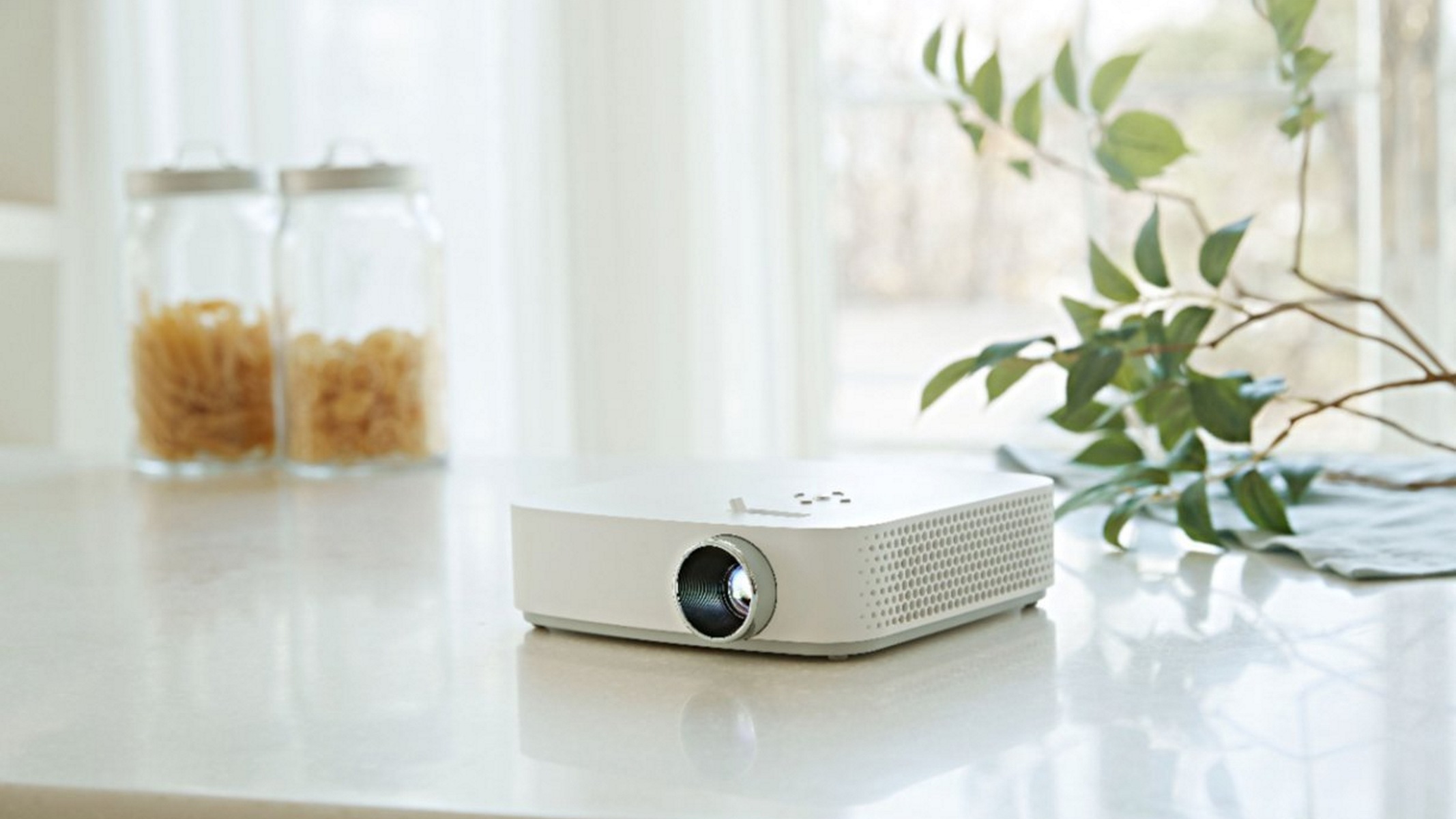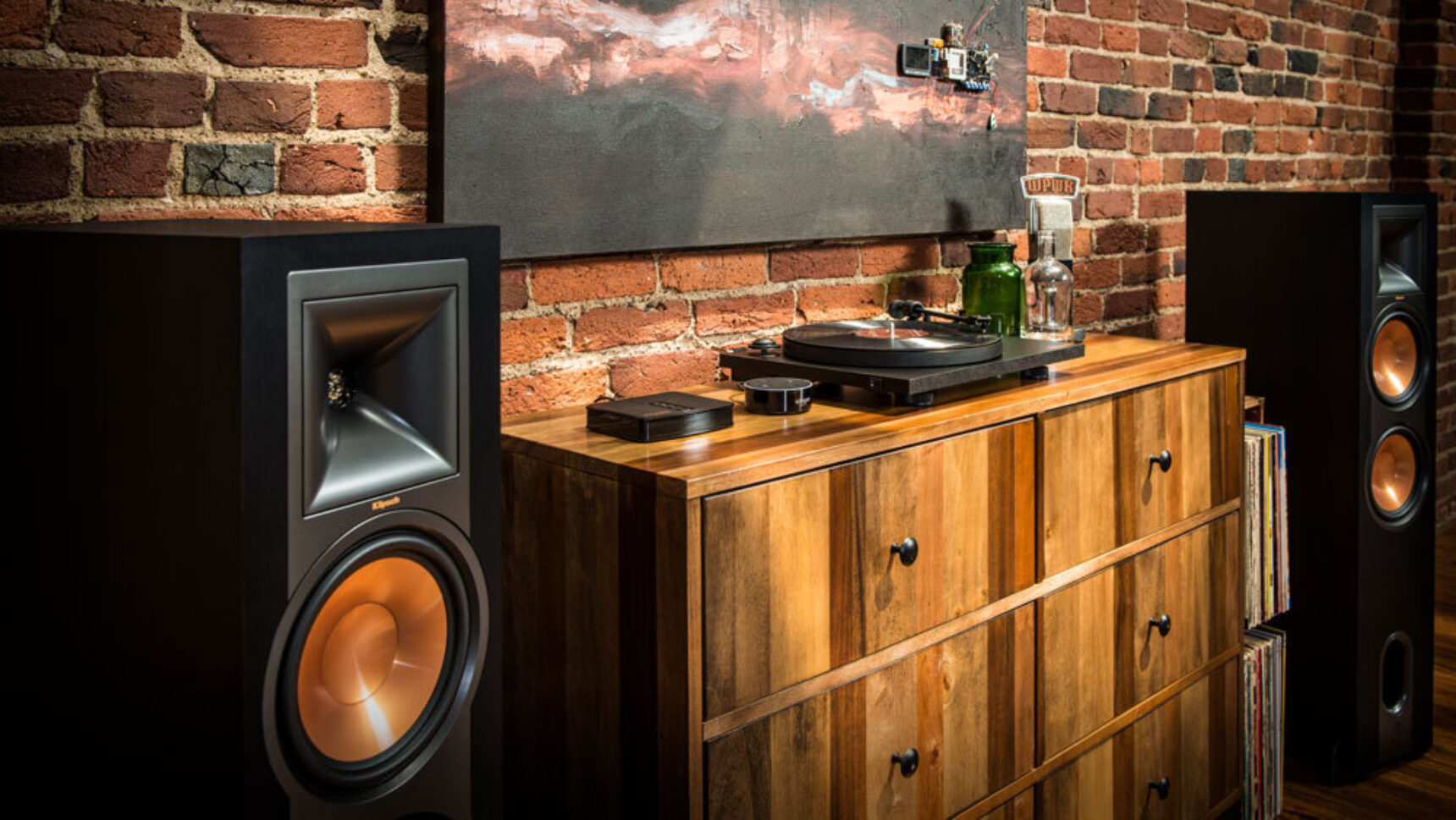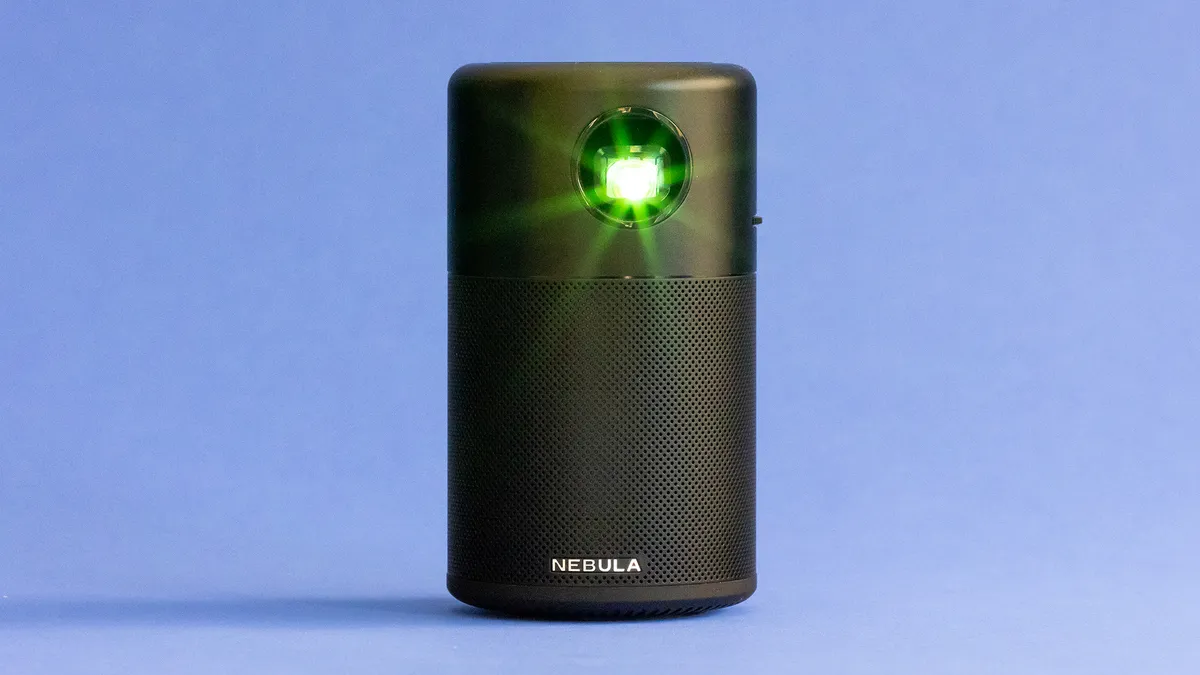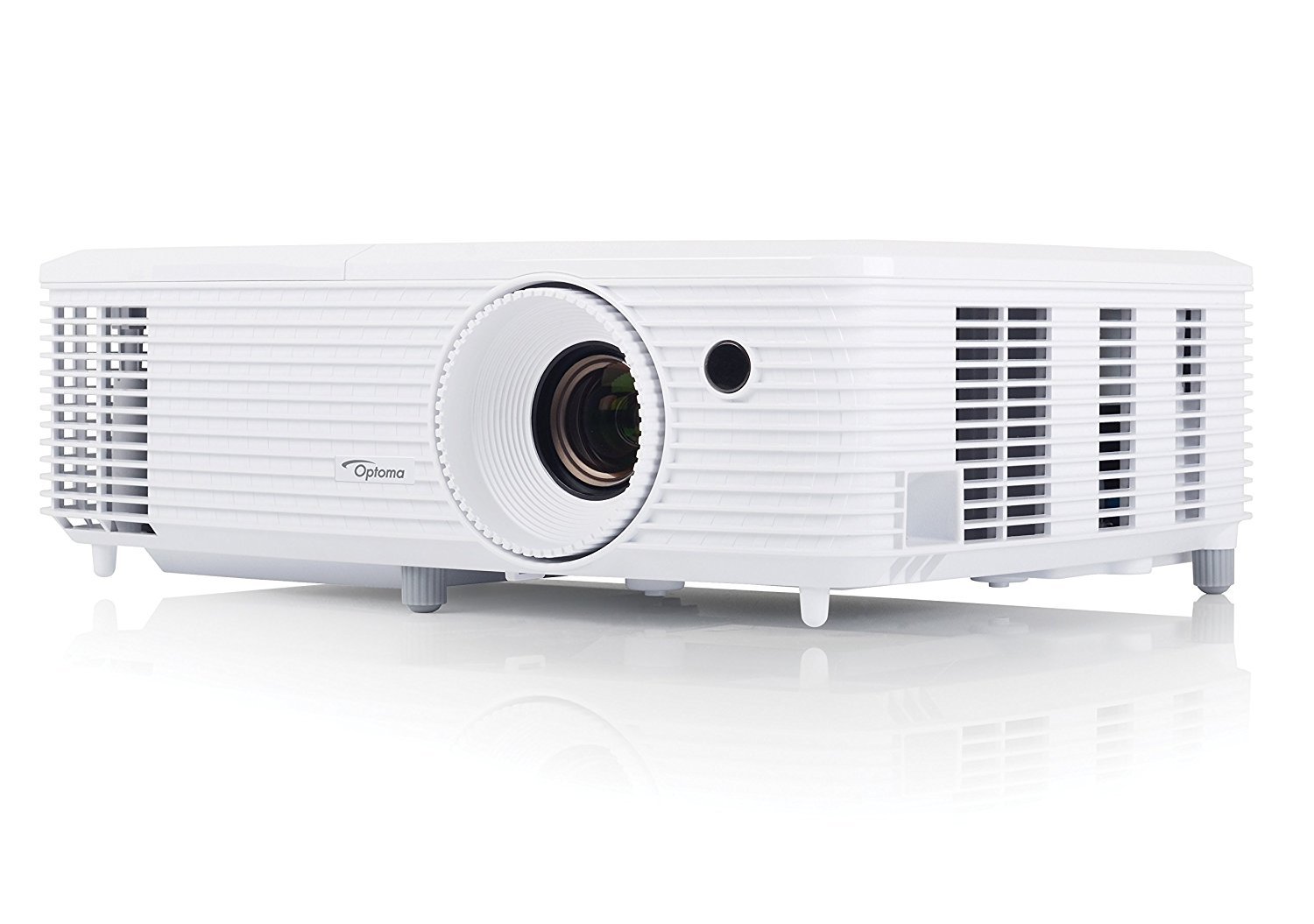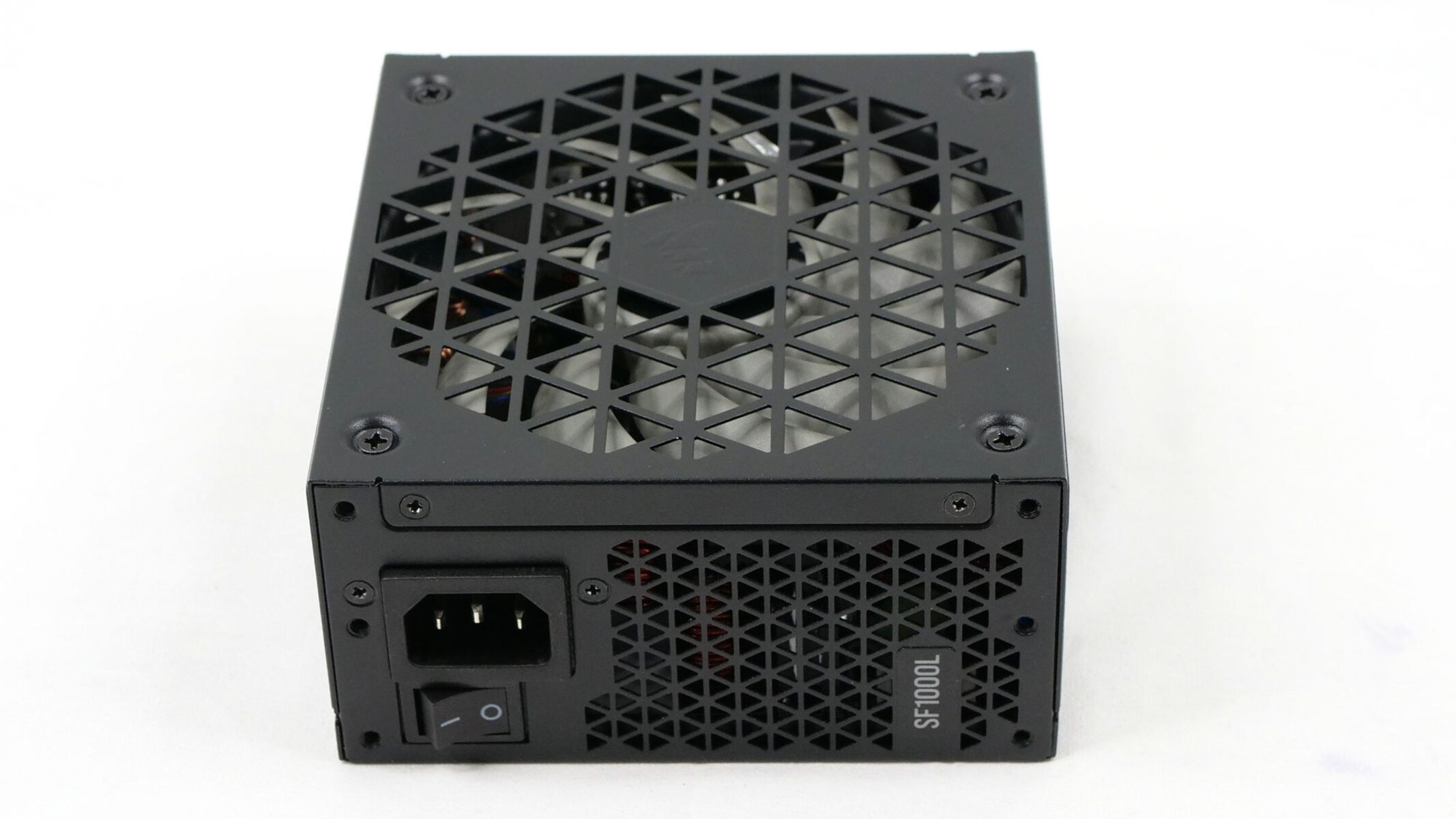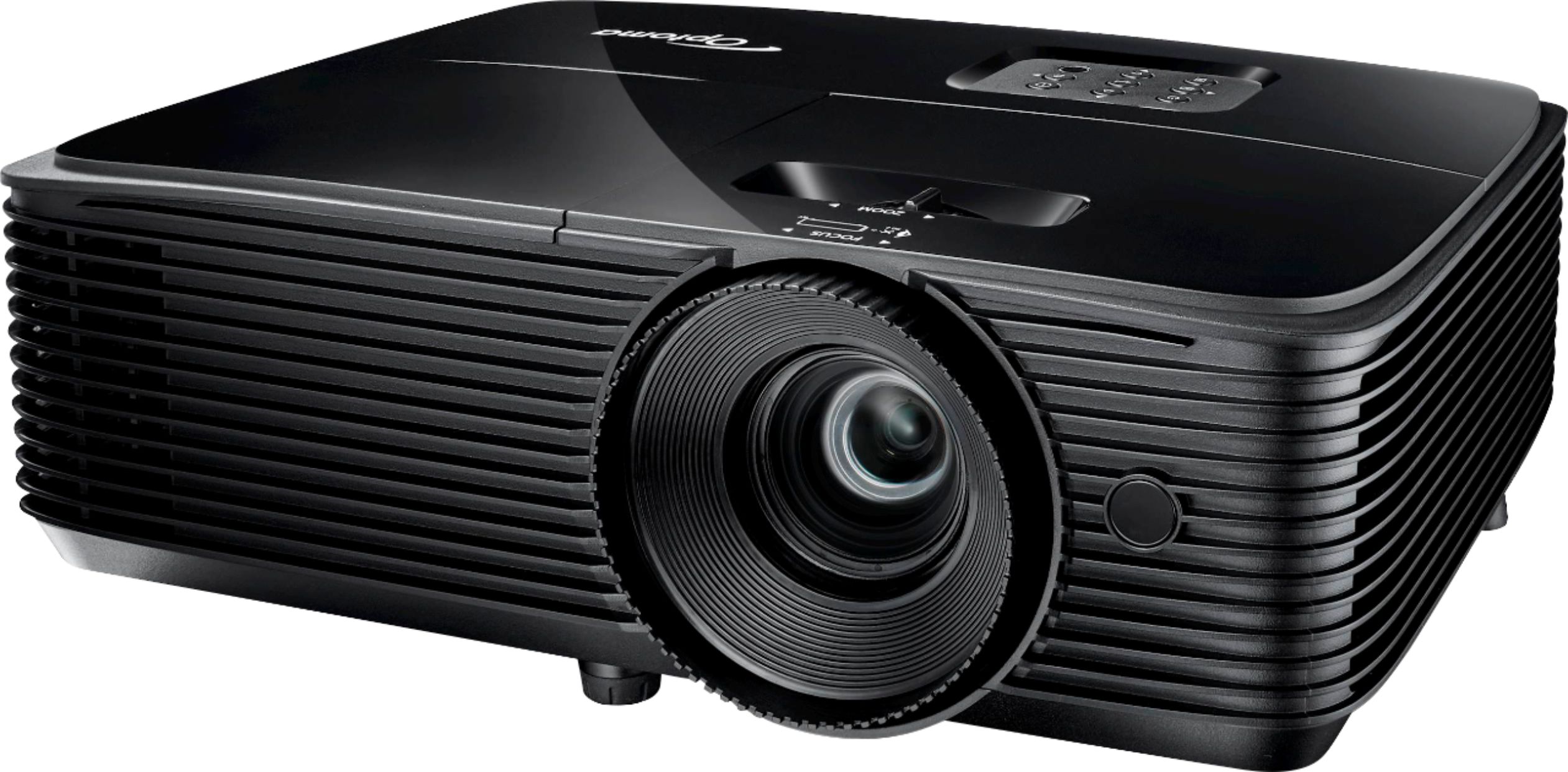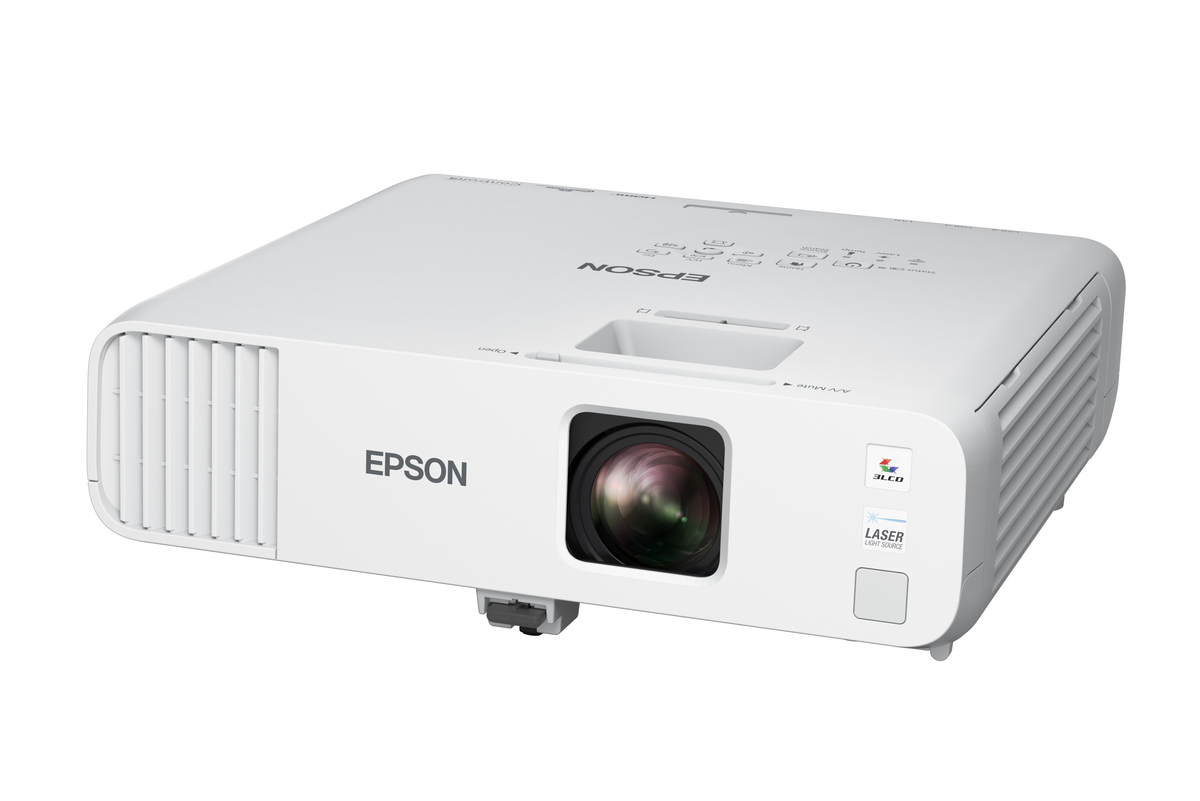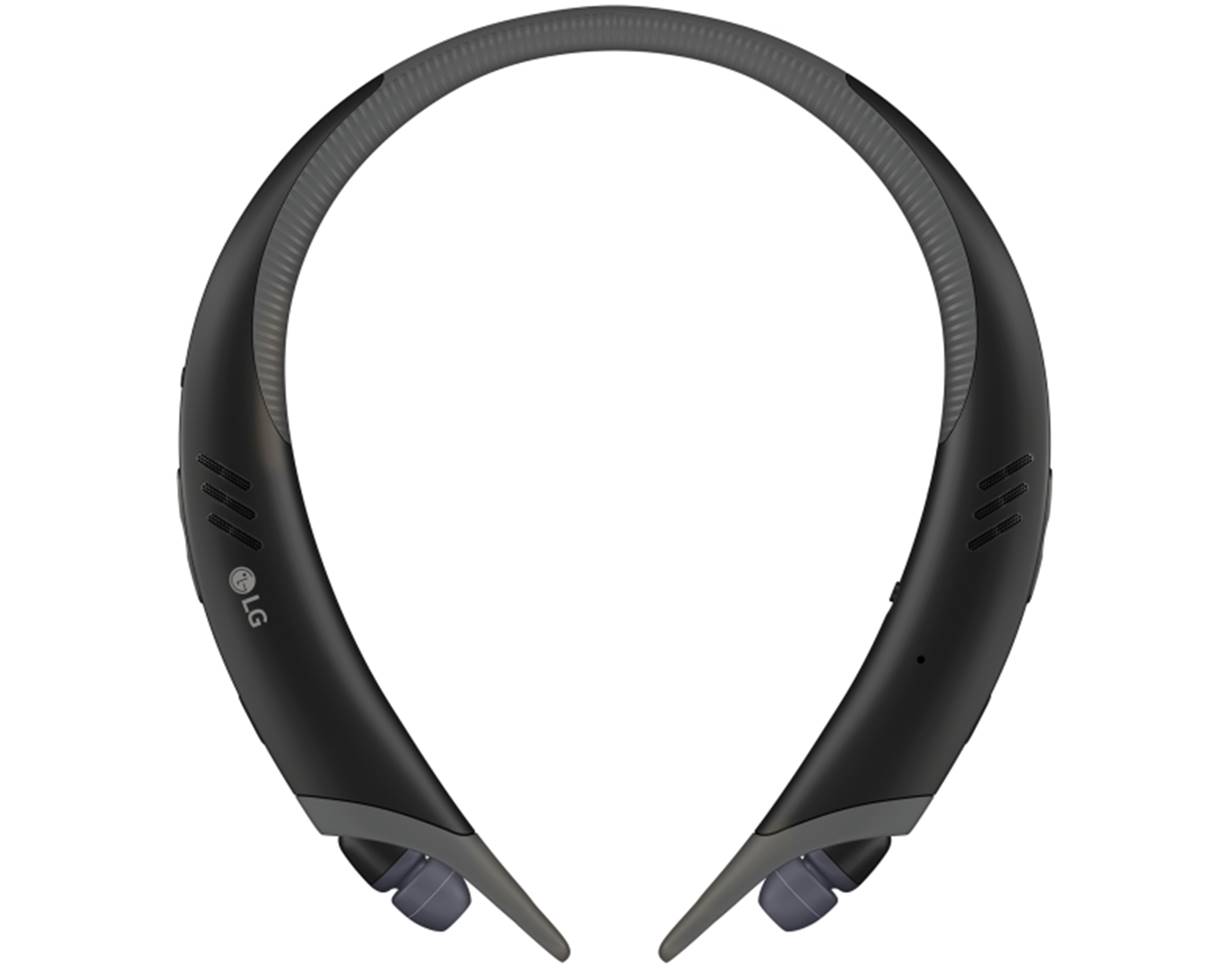Introduction
Projectors have become an indispensable part of many presentations, home theaters, and educational settings. Whether you need it for business or personal use, it’s essential to understand the power consumption of projectors. Knowing how many watts a projector uses can help you make informed decisions regarding its usage and potential energy savings.
Projectors are electronic devices that project images onto screens or surfaces. They come in various types and models, each with its own power requirements. Understanding the power consumption of projectors can not only help you determine the energy cost associated with their usage but also contribute to a more eco-friendly approach to technology.
In this article, we will delve into the intricacies of projector power consumption. We will explore the factors that affect it, the average power consumption of different projector types, and provide some useful tips on reducing power consumption. Whether you are a professional presenter, a home theater enthusiast, or an educator, this information will help you make more informed decisions when it comes to choosing and using projectors.
Understanding Projector Power Consumption
Before we dive into the details of projector power consumption, it’s important to understand how it is measured and what factors contribute to it. The power consumption of a projector is typically measured in watts (W), which indicates the rate at which it uses electrical energy.
There are several factors that determine the power consumption of a projector. First and foremost is the brightness of the projected image. Brightness is measured in lumens, and higher brightness levels require more power to achieve. Generally, the brighter the image, the more power the projector will consume.
Another crucial factor is the type of projection technology used in the projector. Different technologies, such as LCD (Liquid Crystal Display), DLP (Digital Light Processing), and LED (Light Emitting Diode), have varying power requirements. For example, LED projectors are known to be more energy-efficient compared to traditional lamp-based projectors.
The resolution of the projected image is also a significant factor in power consumption. Higher resolution images require more processing power and therefore consume more energy. Keep in mind that using the projector at its highest resolution setting regularly will have a noticeable impact on its power consumption.
Additionally, the usage pattern of the projector can affect its power consumption. Continuous usage for long periods will consume more power compared to intermittent usage. It’s important to consider the projected image’s lifespan when estimating the overall power consumption of a projector.
Apart from these factors, the age and condition of the projector can also influence its power efficiency. Older or poorly maintained projectors may consume more power due to degraded components or inefficient cooling systems.
Understanding these factors will help you choose a projector that suits your needs while managing power consumption efficiently. In the next section, we will explore the average power consumption of different projector types to give you a better idea of what to expect.
Factors that Affect Projector Power Consumption
Several key factors contribute to the power consumption of a projector. Understanding these factors can help you make informed decisions about which projector to choose and how to optimize its power efficiency.
- Brightness: The brightness of the projected image is a major factor in power consumption. Higher brightness levels require more energy to produce, so if you don’t need the brightest image, you can save power by adjusting the brightness settings accordingly.
- Projection Technology: The type of projection technology used in the projector plays a significant role in power consumption. As mentioned earlier, LED projectors tend to be more energy-efficient compared to traditional lamp-based projectors. Consider opting for an LED projector if energy efficiency is a priority for you.
- Resolution: The resolution of the projected image affects power consumption. Higher resolution images require more processing power and consequently consume more energy. While higher resolution might be important for certain applications, consider adjusting the resolution settings to strike a balance between image quality and power efficiency.
- Usage Patterns: How often and for how long the projector is used impacts its power consumption. Continuous usage for extended periods will consume more power than intermittent or shorter usage. Plan your usage to maximize efficiency and minimize unnecessary power consumption.
- Ambient Conditions: The environment in which the projector is used can also affect its power consumption. Higher temperatures may cause the projector’s cooling system to work harder, resulting in increased power consumption. Ensure that the projector is placed in a well-ventilated area to maintain optimal operating conditions and prevent excessive power usage.
- Maintenance and Age: Regular maintenance and the age of the projector can impact its power efficiency. Dust accumulation on filters or degraded components can affect the cooling system’s efficiency and overall power consumption. Keep your projector well-maintained and consider upgrading to a newer model if yours is outdated and less power-efficient.
By considering these factors and making informed choices, you can optimize the power consumption of your projector without compromising on performance. In the next section, we will explore the average power consumption of different projector types to give you a better idea of what to expect.
Average Power Consumption of Different Projector Types
Projectors come in various types, each with its own power consumption characteristics. Understanding the average power consumption of different projector types can help you make an informed decision when selecting a projector for your specific needs.
- Lamp-Based Projectors: Traditional lamp-based projectors are the most common type. The power consumption of these projectors can vary depending on factors such as brightness settings, resolution, and usage patterns. On average, a lamp-based projector can consume anywhere from 200 to 500 watts of power during operation.
- LED Projectors: LED projectors are known for their energy efficiency. These projectors use light-emitting diodes (LEDs) as the light source, which consume less power compared to traditional lamps. On average, LED projectors have a power consumption range of 50 to 150 watts, making them a more environmentally friendly option.
- Laser Projectors: Laser projectors are gaining popularity due to their long lifespan and superior image quality. These projectors use laser light sources, which consume less power compared to traditional lamps. On average, laser projectors have a power consumption range of 100 to 300 watts. While they may have a higher initial cost, laser projectors offer energy efficiency and cost savings in the long run.
- Portable Pico Projectors: Portable pico projectors are small and lightweight, designed for on-the-go use. These projectors usually have lower brightness and lower power consumption compared to larger models. On average, pico projectors have a power consumption range of 10 to 50 watts, making them highly energy-efficient.
It’s worth noting that these are average power consumption figures, and actual power consumption may vary depending on specific models and usage conditions. It’s recommended to check the manufacturer’s specifications for a specific projector model to get more accurate power consumption information.
Understanding the power consumption of different projector types can help you choose a projector that meets your needs while keeping energy consumption in check. In the next section, we will provide some useful tips for reducing projector power consumption.
Tips for Reducing Projector Power Consumption
If you want to minimize the power consumption of your projector and promote energy efficiency, here are some effective tips to consider:
- Adjust Brightness Settings: Lowering the brightness settings of the projector can significantly reduce power consumption. Adjust the brightness to a level that is suitable for your environment and content without compromising visibility.
- Optimize Resolution: Using the projector at its highest resolution setting may not always be necessary. Lowering the resolution can reduce processing power and ultimately save energy. Consider using a resolution that still meets your needs while consuming less power.
- Utilize Eco Mode: Many projectors come with an Eco Mode feature that reduces power consumption. This mode typically adjusts brightness, fan speed, and other settings to optimize energy efficiency. Activate the Eco Mode whenever possible.
- Turn Off When Not in Use: Always remember to turn off the projector when it is not in use, even if you plan to resume shortly. Leaving it on unnecessarily wastes energy. Set up power management options or timers to automatically turn off the projector after a period of inactivity.
- Consider Power Saving Features: Some projectors offer additional power-saving features, such as sleep mode or auto power off. Take advantage of these features to conserve energy when the projector is not actively used.
- Improve Ventilation: Ensure that the projector’s cooling system has ample ventilation to prevent overheating. An overheated projector may consume more power. Clean any air vents or filters regularly to maintain optimal airflow and cooling efficiency.
- Choose Energy-Efficient Projector Models: When selecting a projector, look for models that are explicitly designed with energy efficiency in mind. LED or laser projectors are generally more energy-efficient compared to traditional lamp-based projectors.
- Use Energy-Saving Accessories: Consider using energy-saving accessories like smart power strips that can automatically turn off peripherals when the projector is turned off. This can help eliminate any standby power consumption.
- Control Ambient Lighting: Minimize ambient lighting in the projection area to enhance image visibility and reduce the need for higher projector brightness levels. This can indirectly reduce power consumption.
- Regular Maintenance: Proper maintenance of the projector, including cleaning filters, ensuring proper airflow, and keeping the projector dust-free, can help maintain its power efficiency over time. Follow the manufacturer’s guidelines for maintenance and regular servicing.
By implementing these tips, you can effectively reduce the power consumption of your projector and contribute to a more energy-efficient environment. Let’s conclude the article by summarizing the key points discussed.
Conclusion
Understanding the power consumption of projectors can help you make informed decisions about which model to choose and how to optimize its energy efficiency. Factors such as brightness, projection technology, resolution, usage patterns, ambient conditions, and maintenance all influence a projector’s power consumption.
In this article, we explored the average power consumption of different projector types. Lamp-based projectors typically consume 200 to 500 watts, LED projectors use 50 to 150 watts, laser projectors consume 100 to 300 watts, and portable pico projectors have a power consumption range of 10 to 50 watts. These figures can vary depending on specific models and usage conditions.
To minimize projector power consumption, we provided several practical tips. These included adjusting brightness settings, optimizing resolution, utilizing Eco Mode, turning off the projector when not in use, considering power-saving features and energy-efficient models, improving ventilation, using energy-saving accessories, controlling ambient lighting, and performing regular maintenance.
By implementing these tips, you can not only reduce the power consumption of your projector but also contribute to a more sustainable and eco-friendly approach to technology usage. Remember, every small step towards energy efficiency counts, and choosing an energy-efficient projector can make a difference in the long run.
So, whether you’re giving presentations, enjoying movies at home, or conducting educational sessions, keep these factors and tips in mind to make the most of your projector while minimizing your ecological footprint. Choose wisely, optimize settings, and save energy without compromising on performance or visual quality.
Thank you for reading, and we hope this article has provided valuable insights into understanding and reducing projector power consumption.







